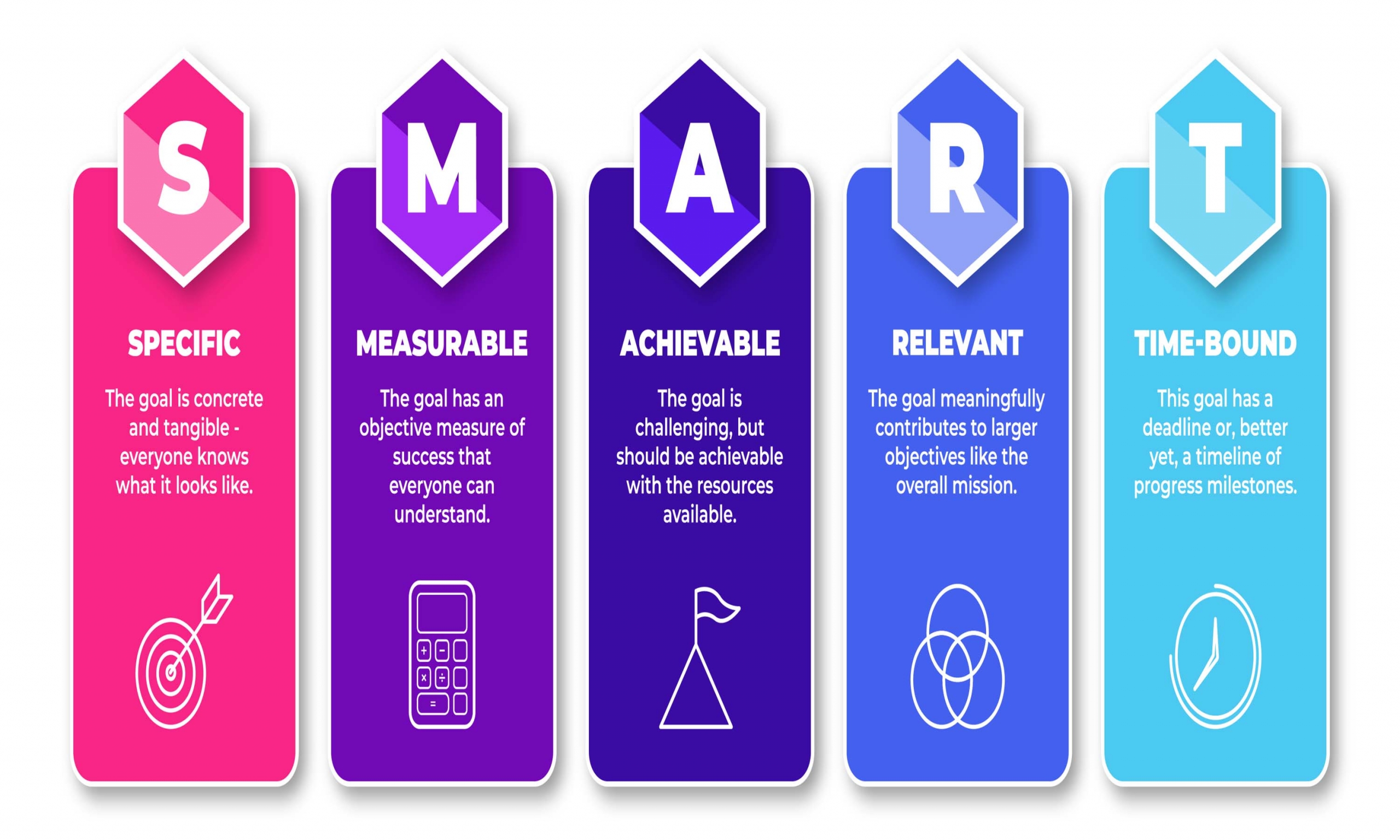Post How the Pros Do It
You wouldn’t imagine consulting Golf Digest for tips on content marketing, but ideas are everywhere, as I constantly assure readers of this blog. This week, both our Say It For You posts relate to articles in the March/April issue of Golf Digest. In this second piece, Mark Blackburn writes about what the game’s best players are looking for when they see a green for the first time….
“A PGA Tour course is like a riddle: It has an optimal way for a given player to make his way around — and it ends with diagnosing the challenges of each green complex,” Blackburn explains, listing things important to notice about a course’s topography:
- where pins have been during previous events
- amount of landing area and available run-out
- grass thickness
- contours – “banks” and “bowls”
Mark Blackburn is careful to explain why these details could prove important to the reader – “Your scouting report will influence club selection and aim… Good golf is a compounding of positive, sensible micro-decisions… Just being a tiny bit better in where you leave your approach shots, and a touch closer to the hole with your wedge game, is how you save a stroke here or there.”
In fact, I believe, this article is a near-perfect model of what I call “advice column” content, because the tips Blackburn offers readers are not only highly specific, but practical and do-able. With no direct tie to any product or services “pitches”, the author is firmly establishing himself as a SME (Subject Matter Expert).
At Say It For You, we sometimes encounter resistance from business or practice owners when it comes to posting content. Owners of personal service businesses, in particular, voice fears of giving away valuable information “for free”. (What happens in the real world, we’ve seen over the years, is that readers don’t want to do it all themselves and turn to the source of the advice they’ve been offered.)
This concept of “soft marketing” is one I keep coming back to: business writing needs to be conversational and informational, not sales-y. Readers understand you’re writing for business purposes. The very reason they have made their way to your site in the first place is that what you sell or what you do is a good match for their needs. It is not necessary – in fact, often it will defeat your purpose as a content marketer – to punctuate the text with Calls to Action – either overt or disguised.
Posting “how the pros do it” (whatever your “it” is), turns out to be a great way to establish trust.






Follow us online!